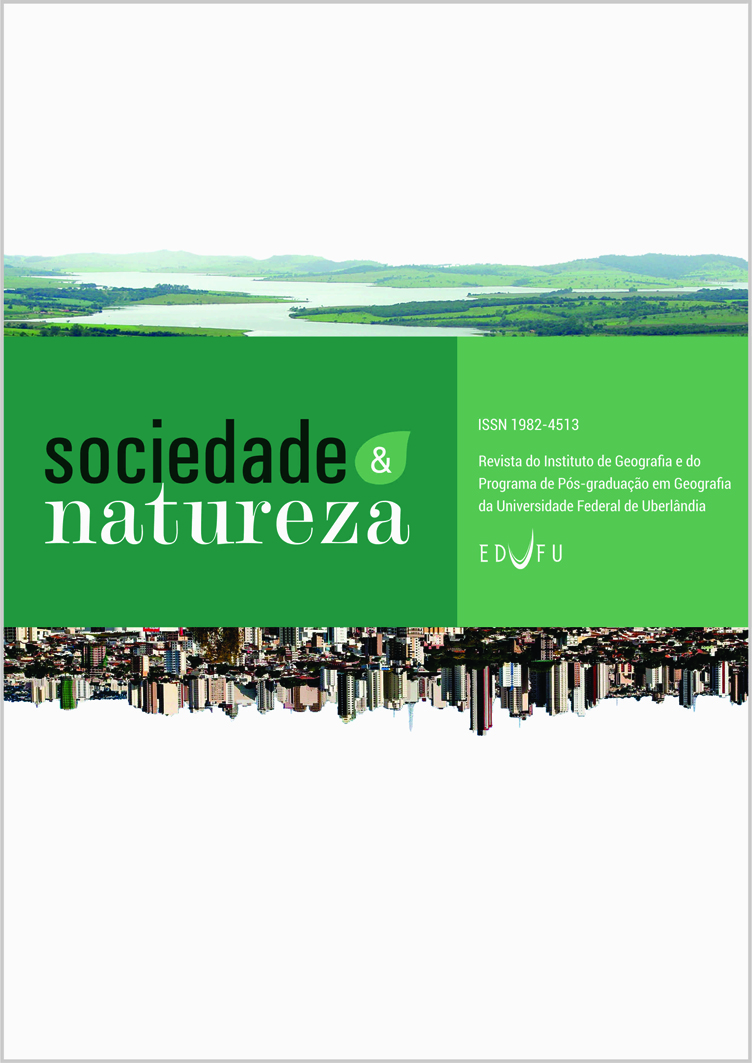Abstract
What are the transformations in the uses of the territory that a Protected Areas (PA) promotes in Brazil? This is the starting point for that article. Considering that the PA of the different federated entities make up a considerable part of the national territory, this question gains relevance and complexity, when one notices that our PA system defines twelve different categories of PA with a distinct set of permissions and prohibitions for each one. This complexity is combined with a territory with a diversity of situations resulting from its historical formation. In order to answer the initial question, we selected in 4 biomes (Atlantic Forest, Cerrado, Caatinga and Amazon) 20 UC for case studies, conjugating the realization of semi-structured interviews with key actors and field observations to the activation of the analytical categories Socio-spatial Formation (Santos, 2005) and Used Territory (Santos, 2007). By way of conclusion, this article states that the transformations in the uses of the territory promoted by the UC are taxed on four main variables: historicity of the uses of the territory, population density, complementarity with economic interests and environmental conditions. The combination of these variables in each territory will condition the type of transformation of the uses of the territory that a PA promotes.

This work is licensed under a Creative Commons Attribution 4.0 International License.
Copyright (c) 2019 ALEXANDRE RESENDE TOFETI, NEIO LÚCIO DE OLIVEIRA CAMPOS

